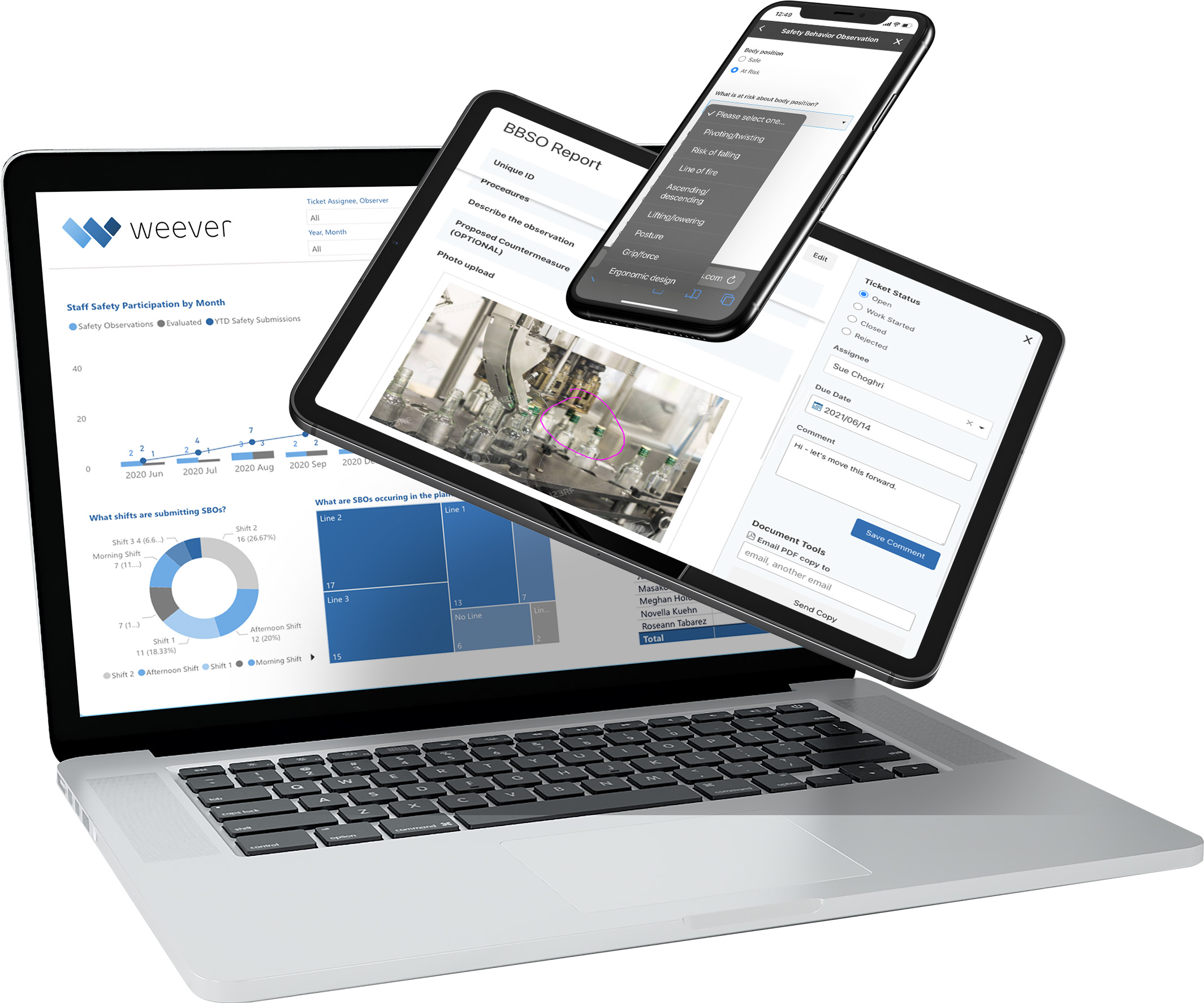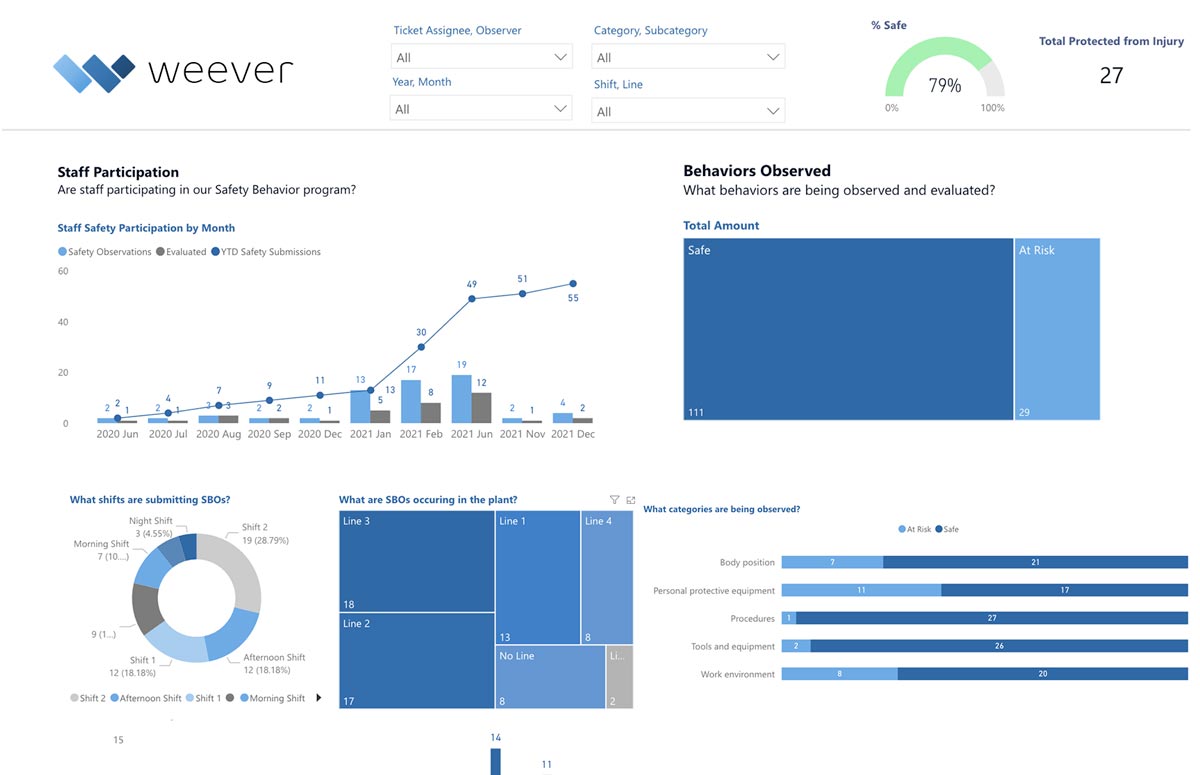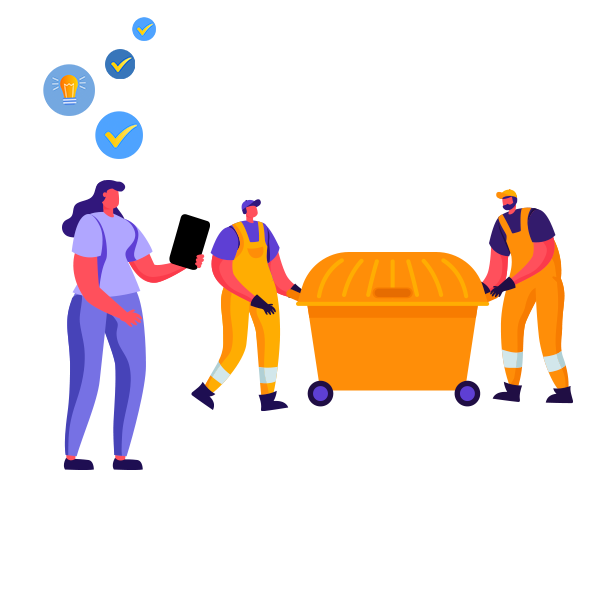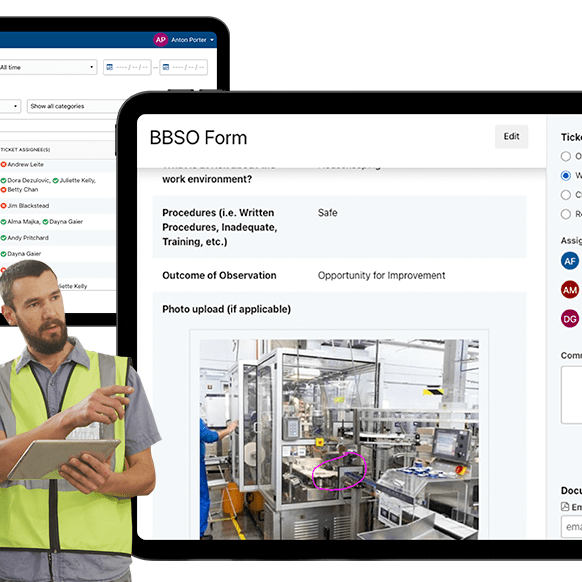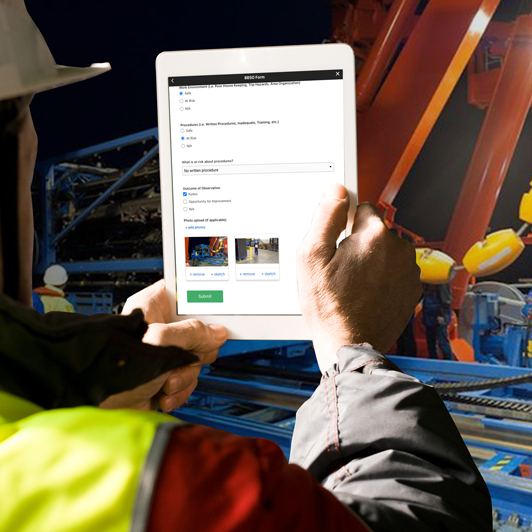Safety Observation (BBSO) Sample Questions
Andy Pritchard | April 21, 2022 | 5 min read
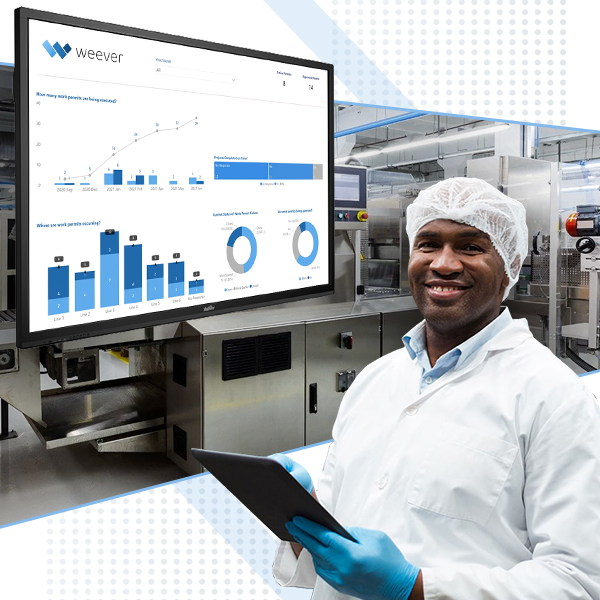
What are Behavior-Based Safety Observations?
Behavior-Based Safety Observations (BBSO) are an integral part of modern, proactive safety programs. The goal is to reduce the number of incidents by recognizing safe behavior and eliminating unsafe practices either through training or updates to Standard Operating Procedures (SOPs).
The BBSO practice has gained popularity because it is relatively easy to implement and manage, it fosters a safety-first culture and it delivers results. The practice requires staff to observe other workers and provide a report on the general safety of their work including:
- Body Position
- PPE (Personal Protective Equipment)
- Tools & Equipment
- Work Environment
- Procedures
As staff members submit their reports, Safety Managers can use the intel to inform updates to SOP documentation and plan One Point Lessons or Toolbox talks around a specific safety issue that keeps coming up. The general idea is that by promoting safe work habits through observations, the number of incidents will decrease over time.
What are some Safety Observation sample questions?
Weever specializes in digitizing operational workflows.
We work with organizations of all shapes and sizes who are frustrated with paper forms and spreadsheets. They want to save money, become more efficient, and spend their time more wisely. If that sounds like you, feel free to read on and get in touch.
Here are some sample questions you can used to build your BBSO scorecard.
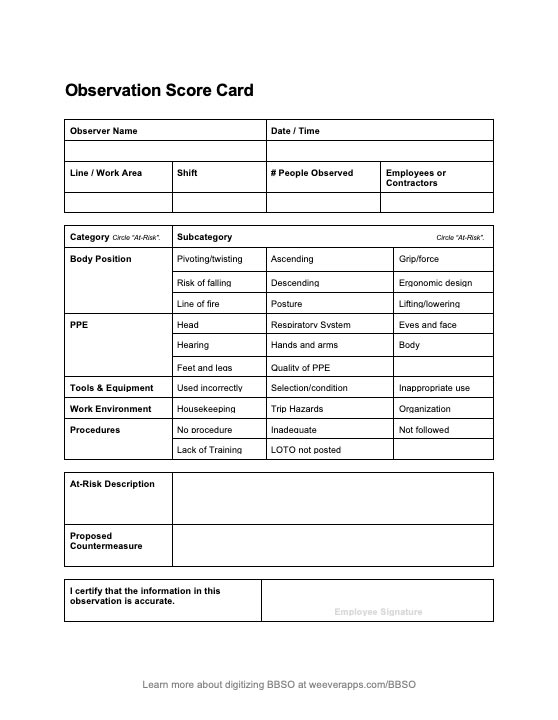
Download the BBSO Score Card Template
Free customizable MS Word file (.docx) sent to your inbox.
Observation "Metadata"
Metadata is a set of data that describes and gives information about other data. In this case, you will probably want to know things like who is submitting the observations, where they are, when the observations were submitted, and so forth.
Consider your reports when you are collecting metadata. How do you want to be able to filter your data so you can understand insights and make decisions? If you don't think collecting location data would help you, then don't bother capturing it.
Unique IDs for submissions help to keep your data organized.
A list of metadata to collect for each submission could include:
- Observer name
- Line/Work Area, Site, or Location
- Date/Time of Observation
- Who was observed - either names or type (i.e. staff members, contractors, etc.)
- Number of people observed.
Emergency Contact Info
It's a good best practice to provide emergency call information in the event that an observer is witnessing a safety emergency. You can also provide contact information should the observer or the observed parties require clarity on an issue.
Body Position
Body position is the most common safety observation and the most likely to result in injury. Workers can twist into awkward positions to get the job done quickly and move on. They can risk falling and also put themselves in the line of fire. Some Body Position categories you might consider are:
- Pivoting/twisting
- Risk of falling
- Line of fire
- Ascending/descending
- Lifting/lowering
- Posture
- Grip/force
- Ergonomic design
PPE (Personal Protective Equipment)
Using the appropriate PPE correctly is so important in ensuring safety. Often workers will have the appropriate equipment but not use it correctly. These observations provide great teaching opportunities either with individuals or teams. Some PPE categories you might want to use include:
- Head Gear
- Respiratory System
- Hearing
- Eyes and Face
- Body
- Feet and Legs
- Quality of PPE
Tools & Equipment
Similar to PPE, the appropriate use of the correct tools and equipment is very important to ensure a safe work environment. Some categories for this may include:
- Used incorrectly
- Poor Selection or condition
- Appropriate for the task/use
Work Environment
In some cases, the work environment itself is unsafe. Some categories for work environment may include:
- Housekeeping
- Trip hazards
- Area is unorganized
Observation Description & Proposed Countermeasures
It is important for staff to provide an overview of the At-Risk behavior they have observed. This provides context that informs individual follow-ups and shift huddle one-point lesson.
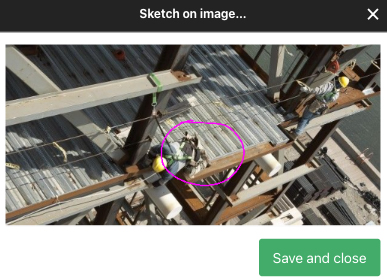
Capture Photos
Allow your staff to capture photos of the observation. Photos can help provide additional context and meaning to inform follow-ups.
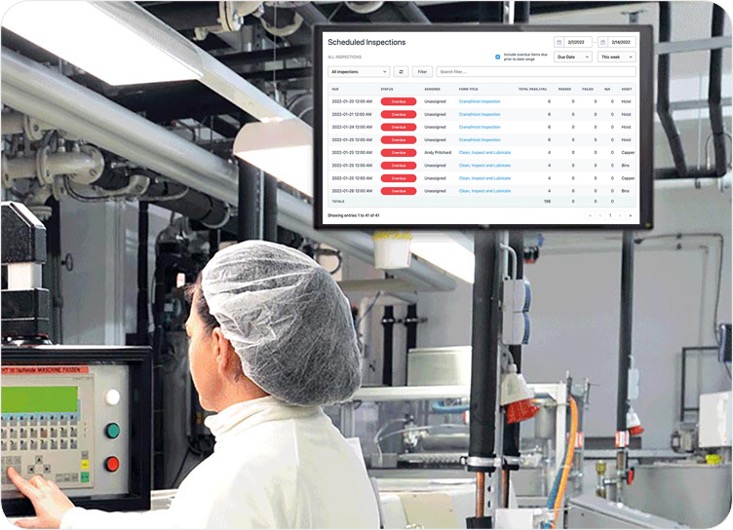
Automate Real-Time Dashboard Updates
Save administrative time by automating reporting. Create stunning and highly configurable dashboard reports that are updated in real-time. Spend less time in front of spreadsheets and more time creating real value for your organization.
Set up real-time updates that can be broadcast to staff that show how your operational programs are “moving the needle”.
Explore the Platform
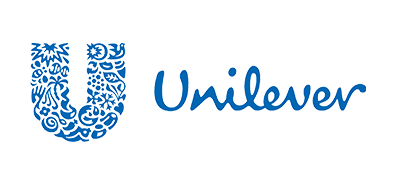
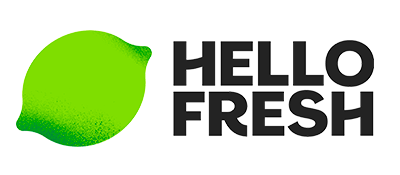

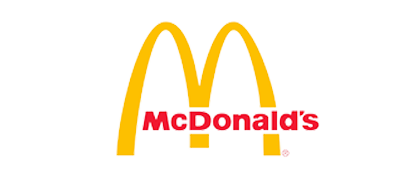
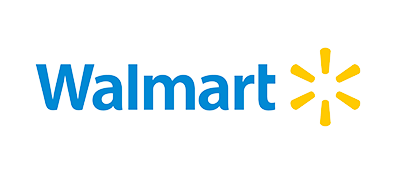
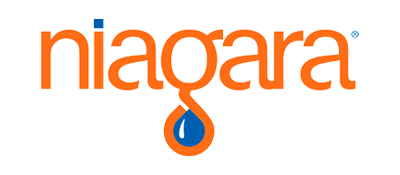
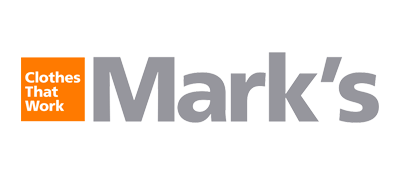
Marks
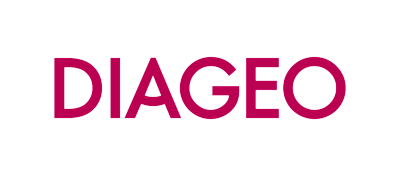
Diageo

Niagara Bottling

Walmart

PepsiCo logo

McDonald's

Unilever
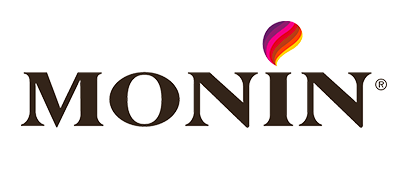
Monin

Hello Fresh
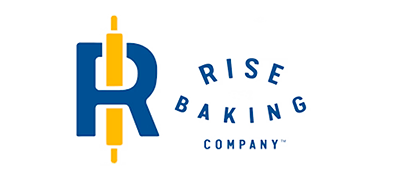
Rise Baking
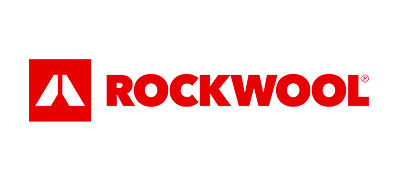
Rockwool
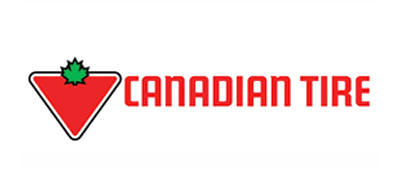
Canadian Tire
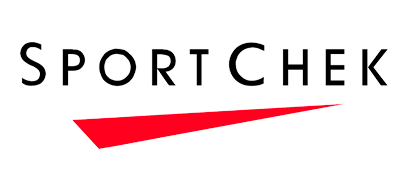
SportChek
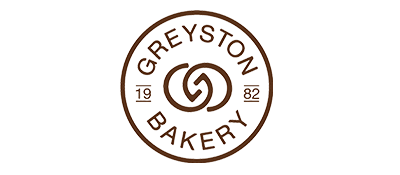
Greyston Bakery
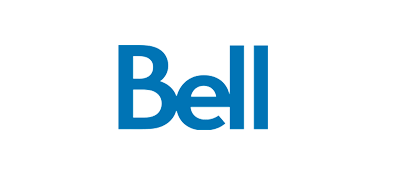
Bell
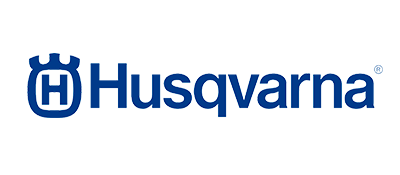
Husqvarna
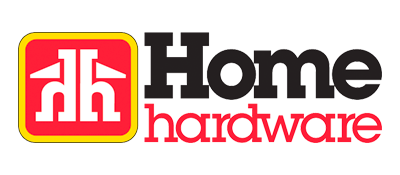
Home Hardware
